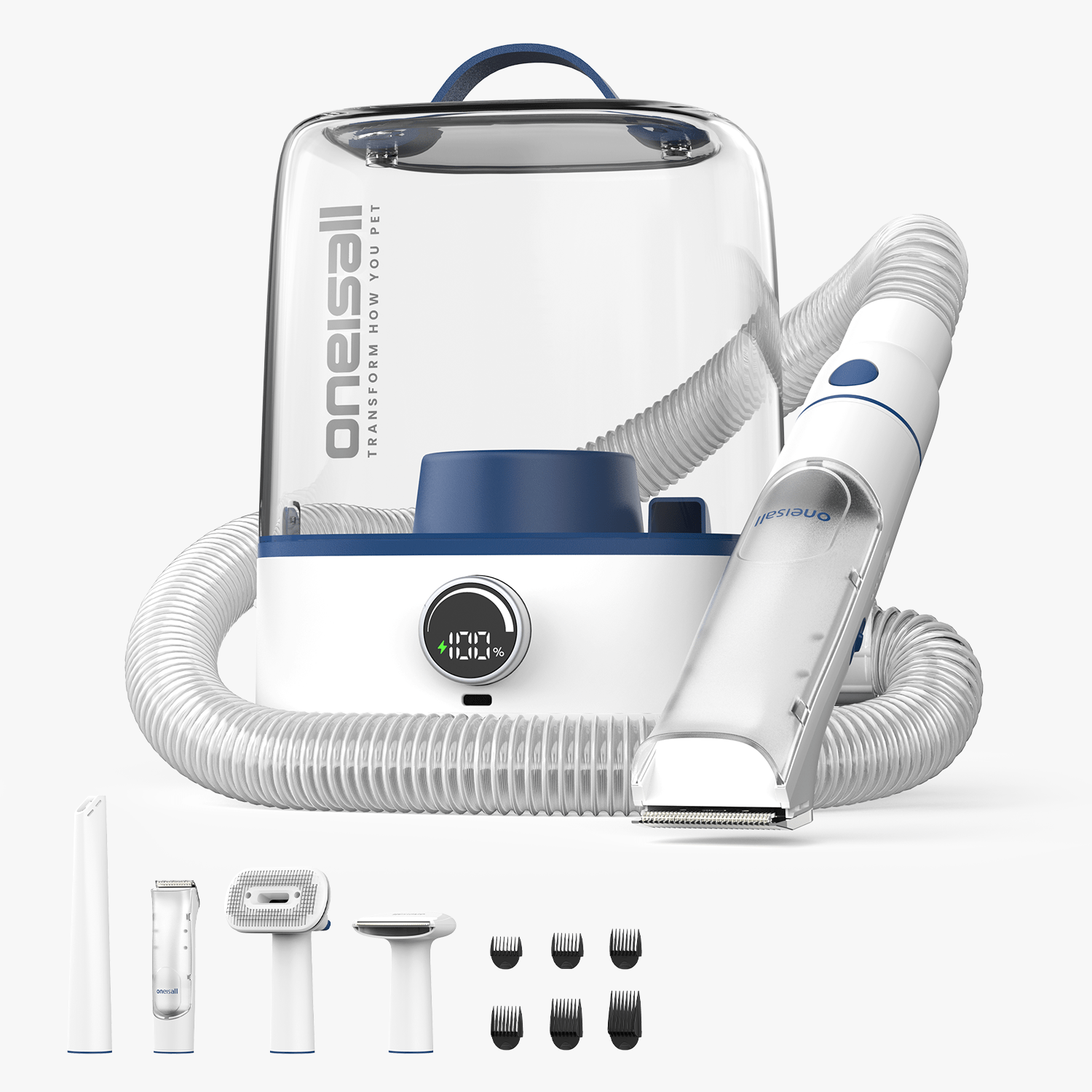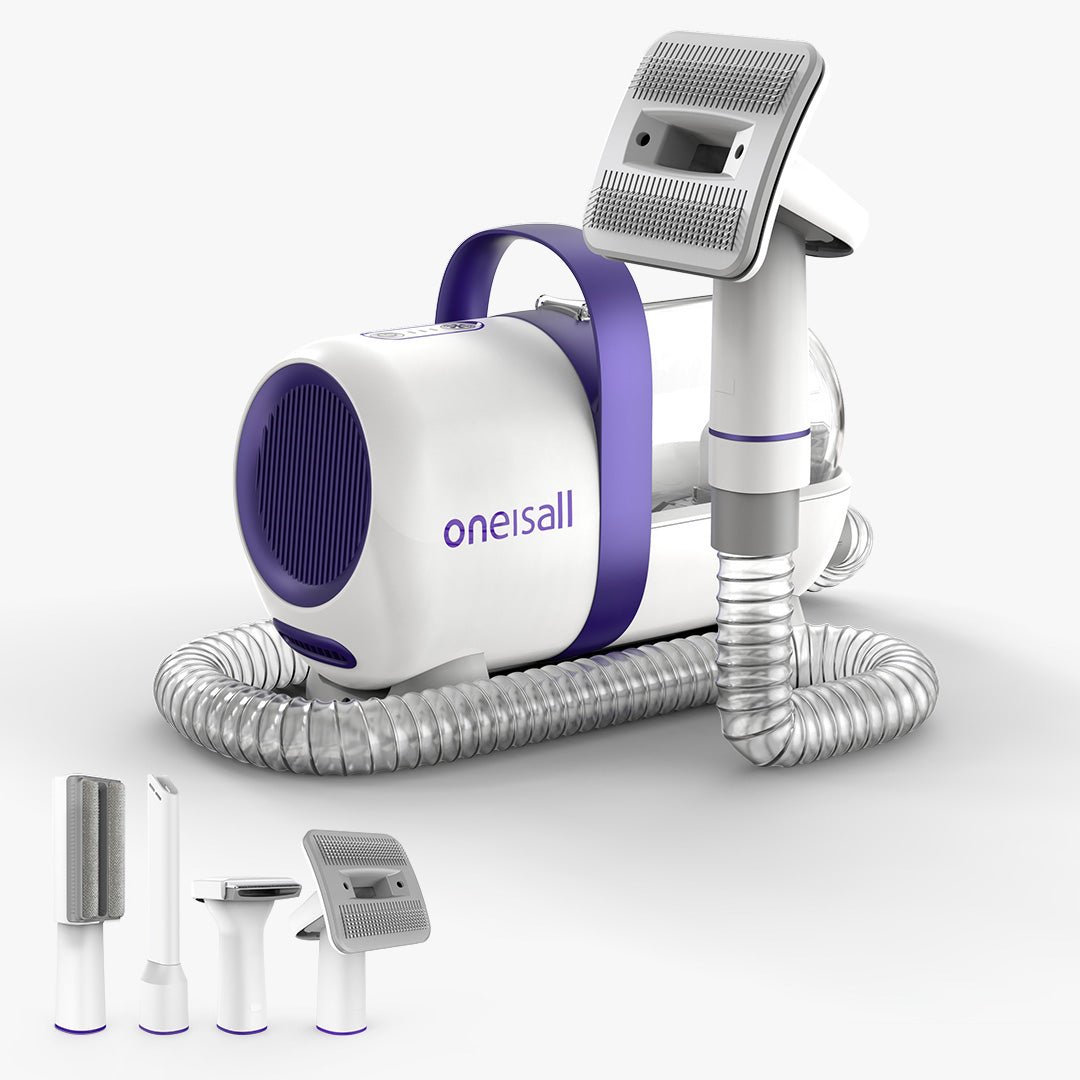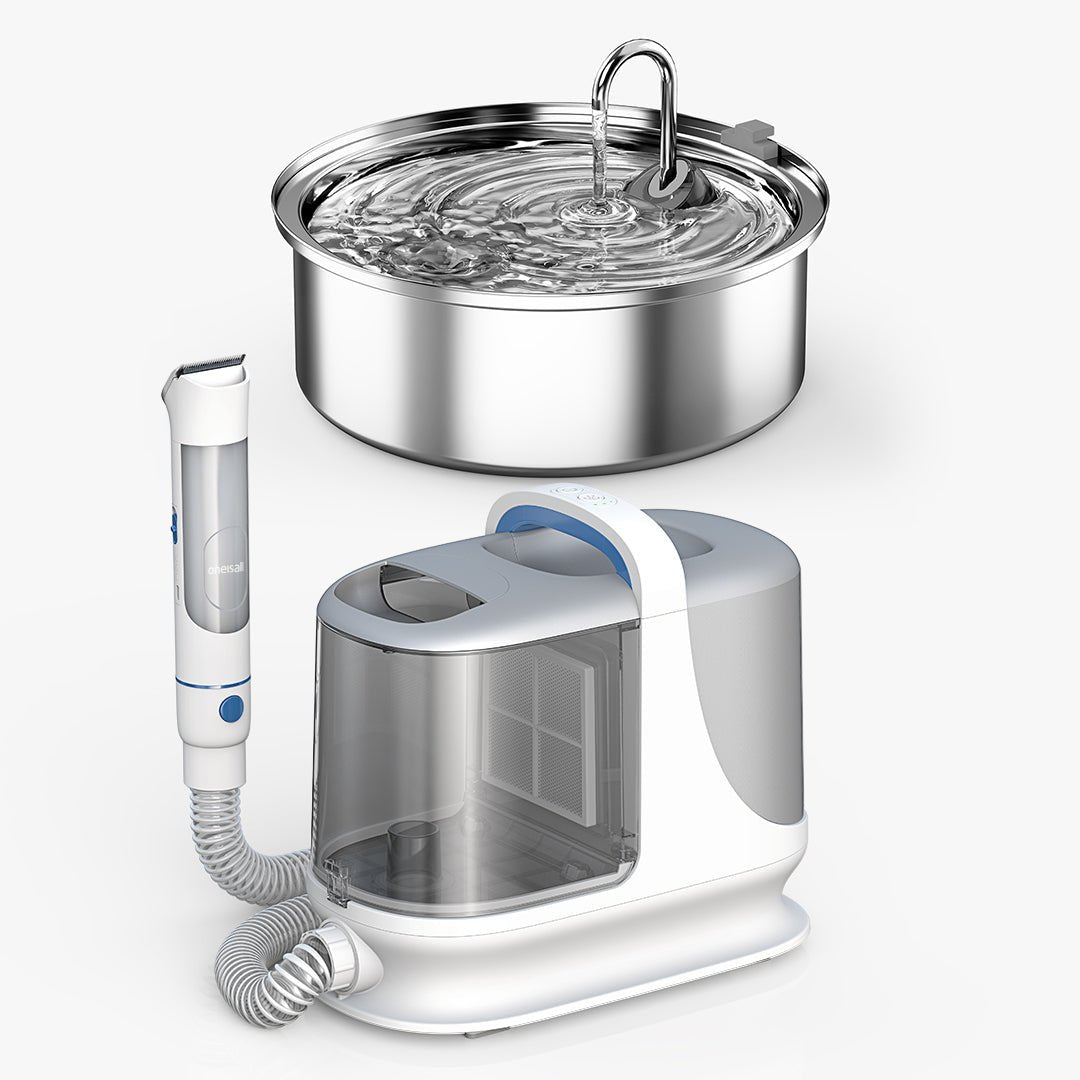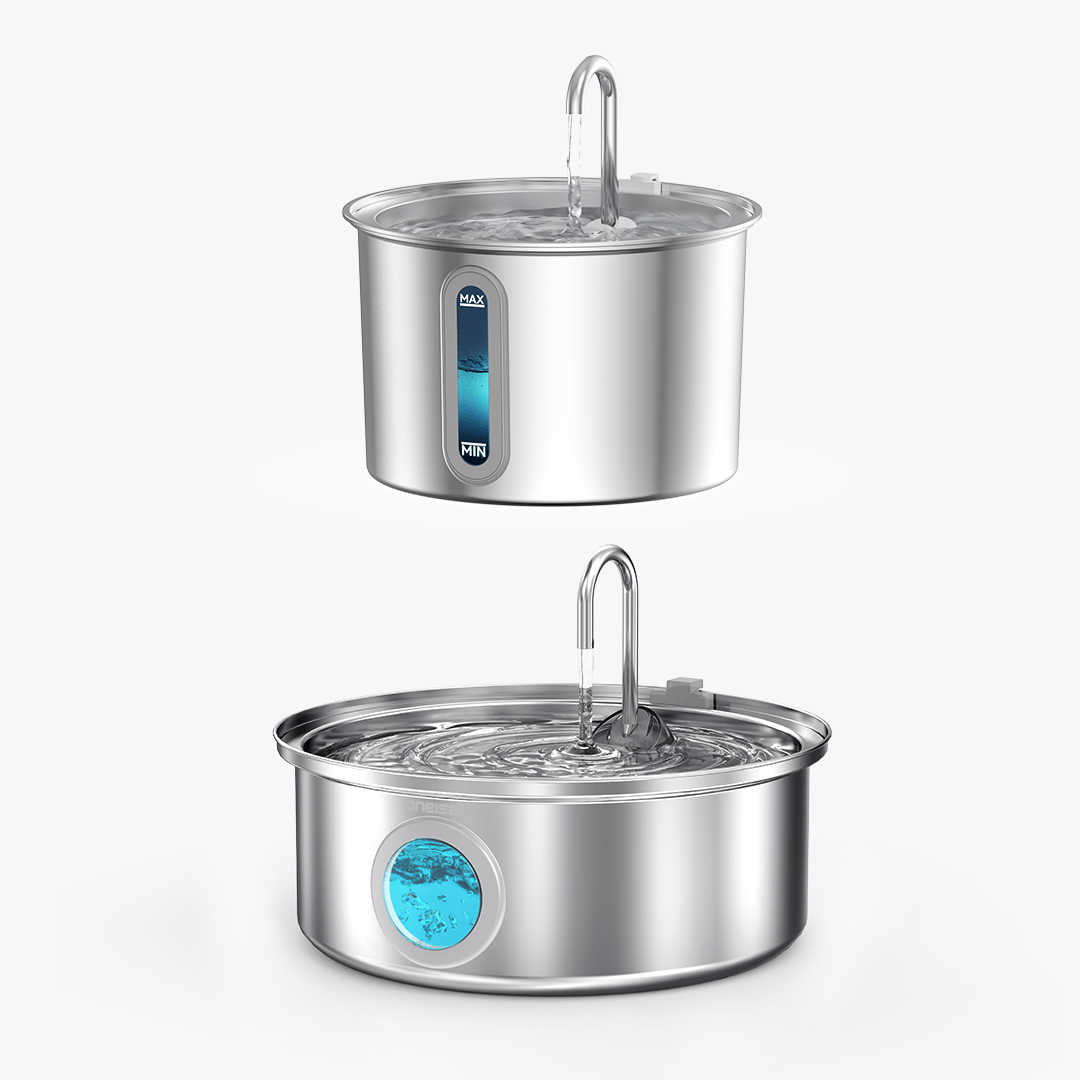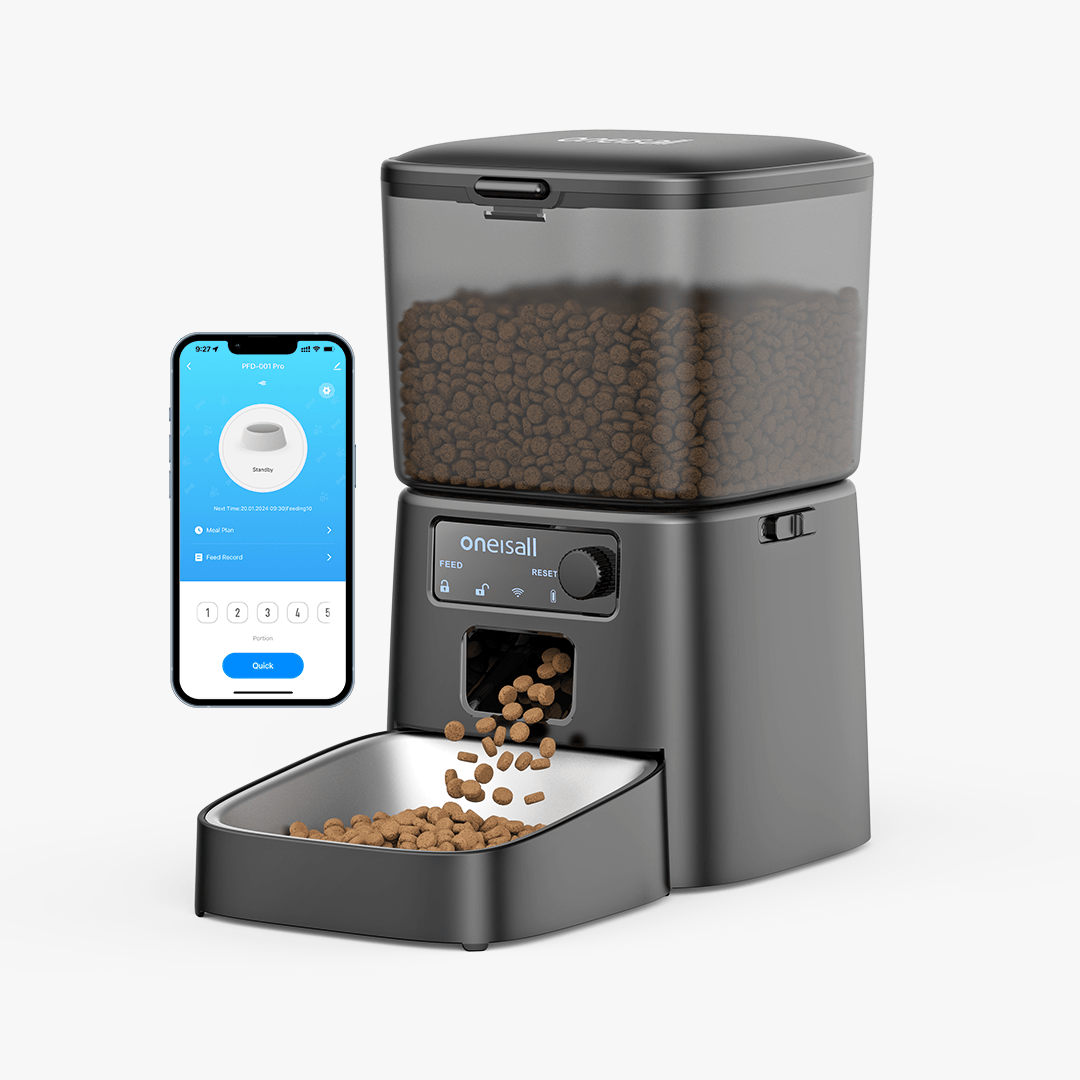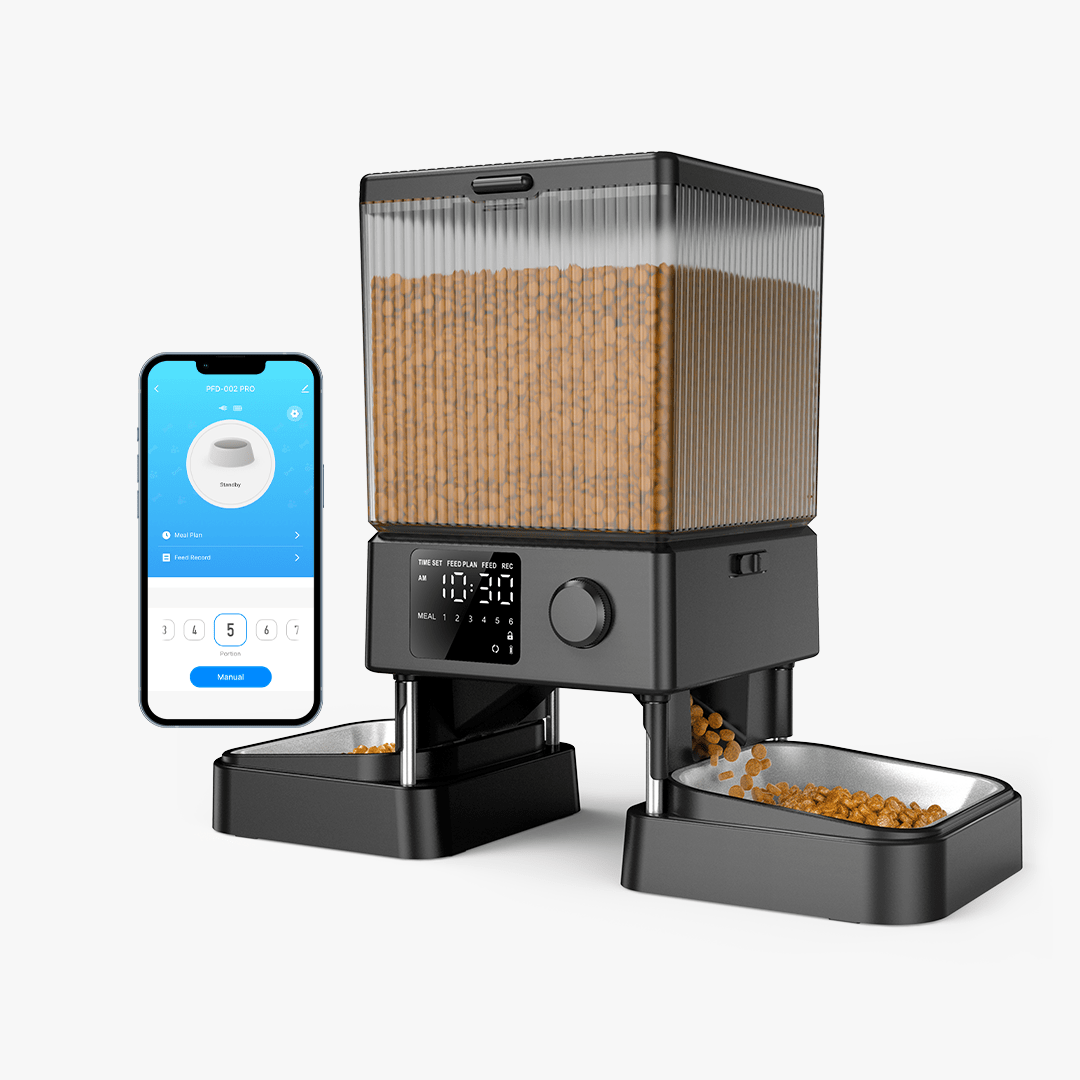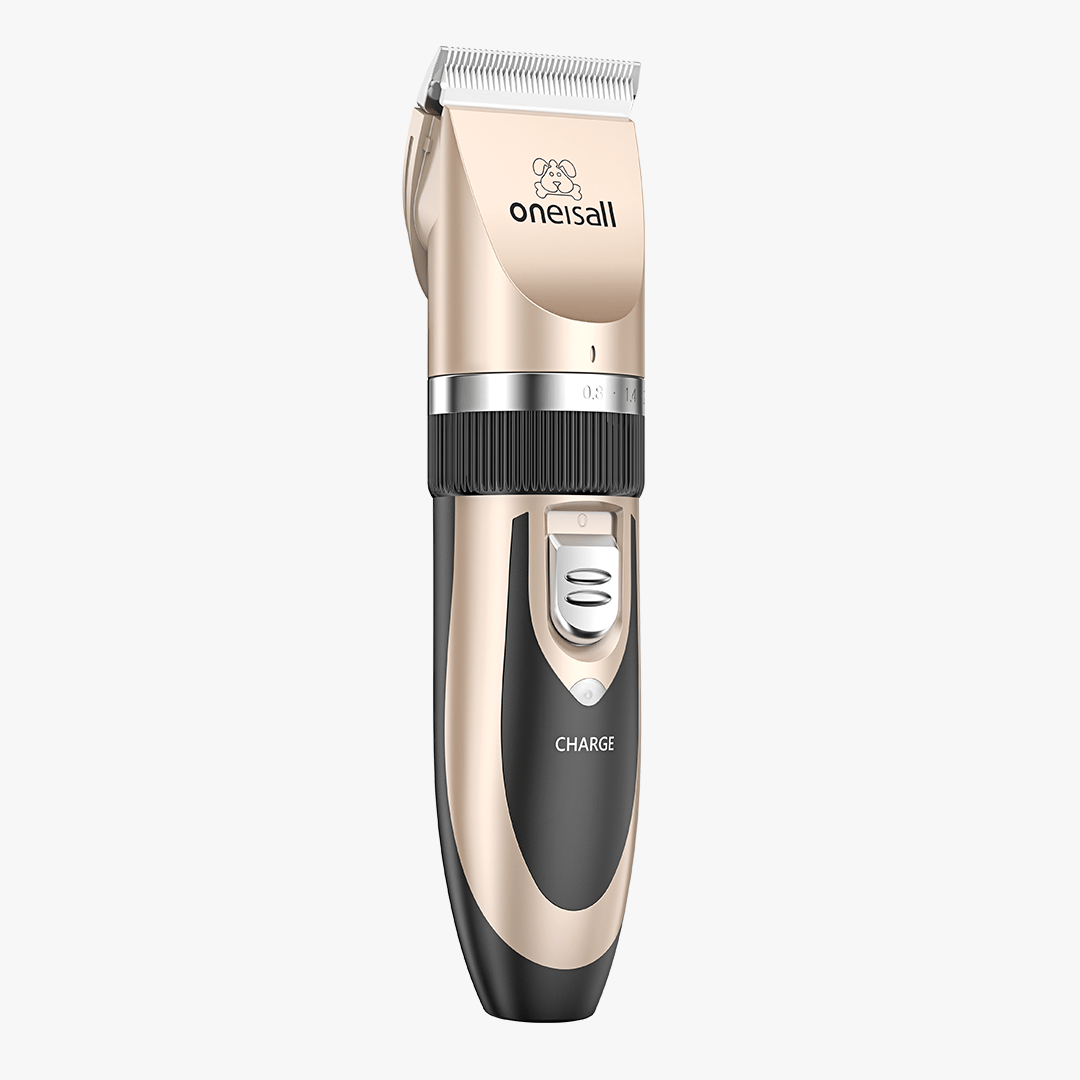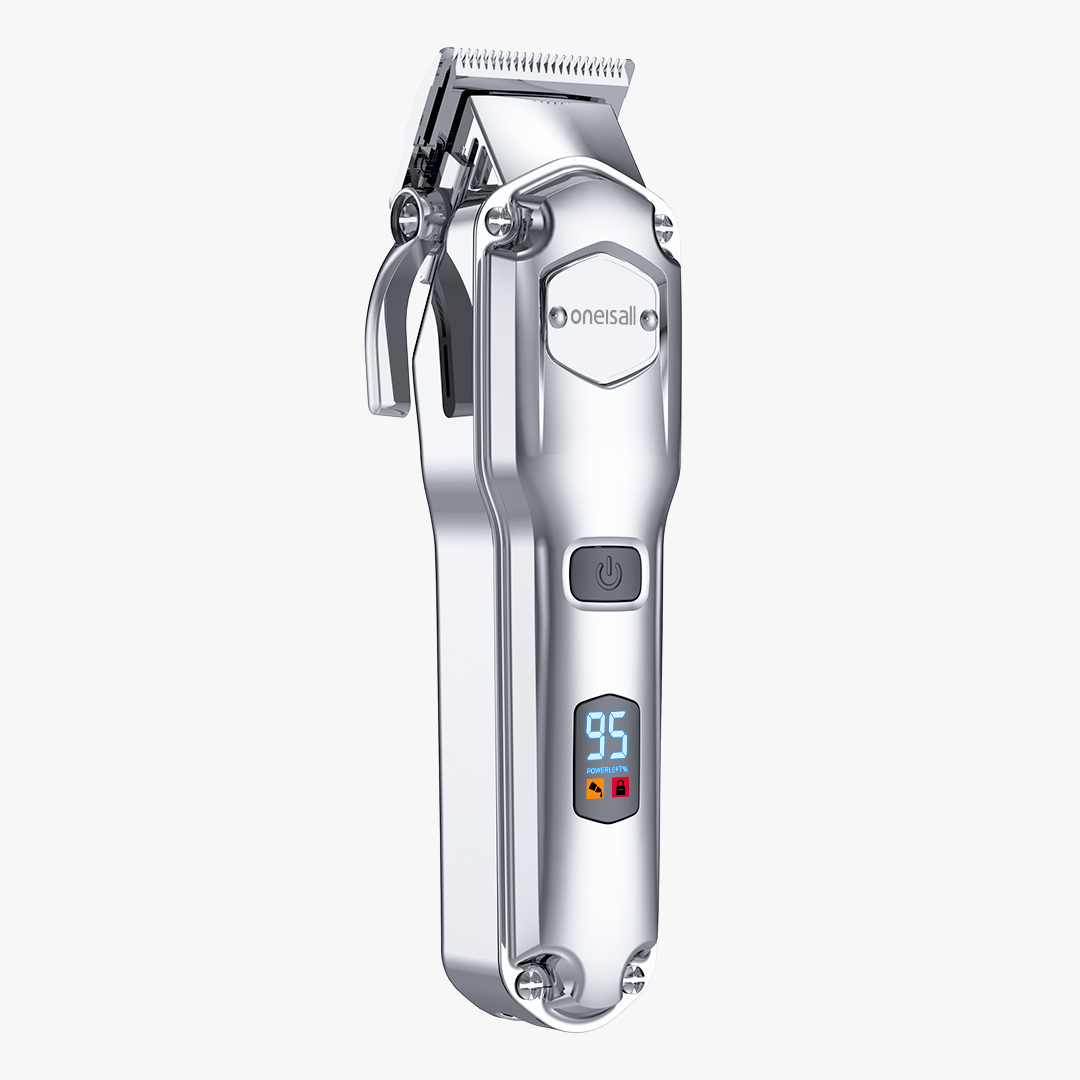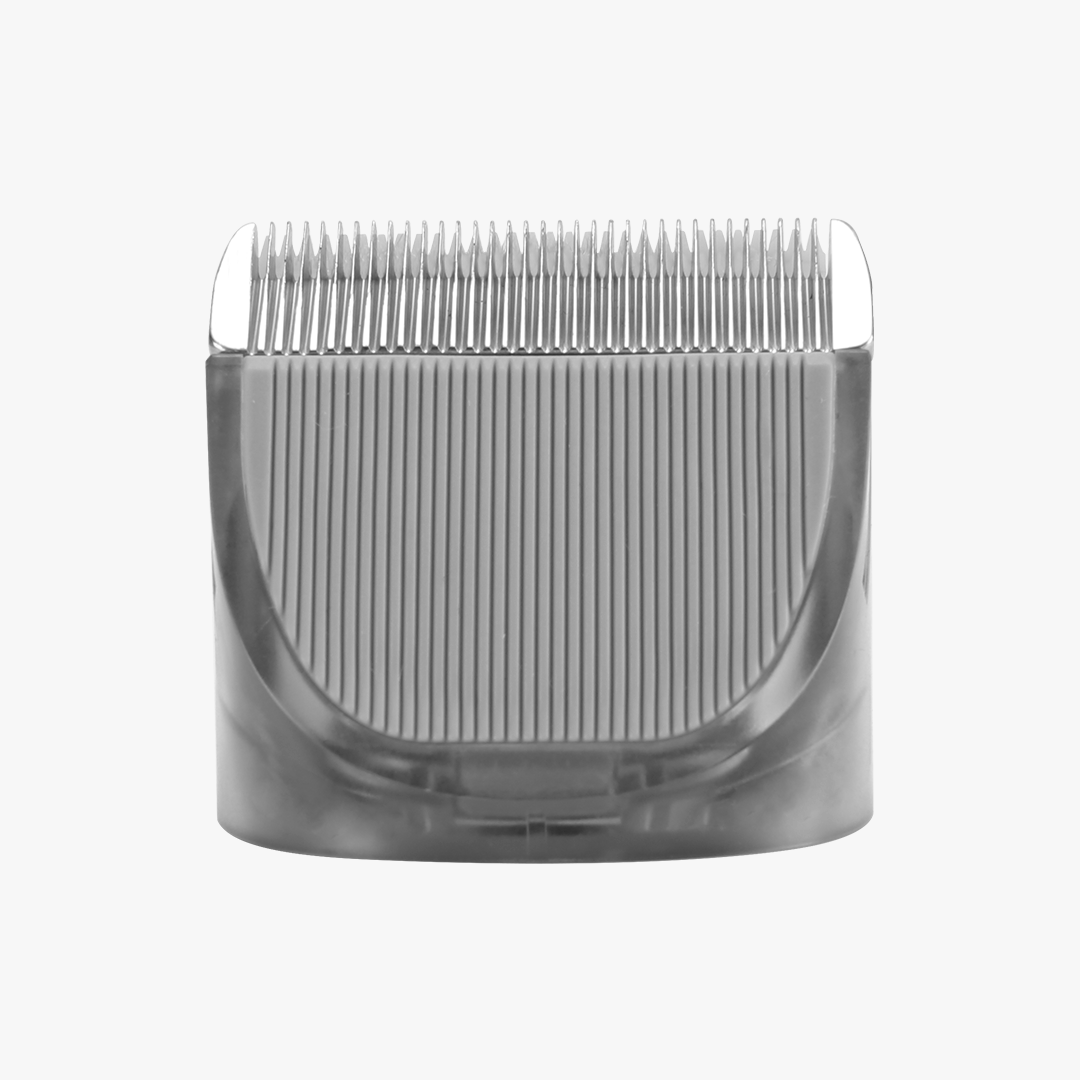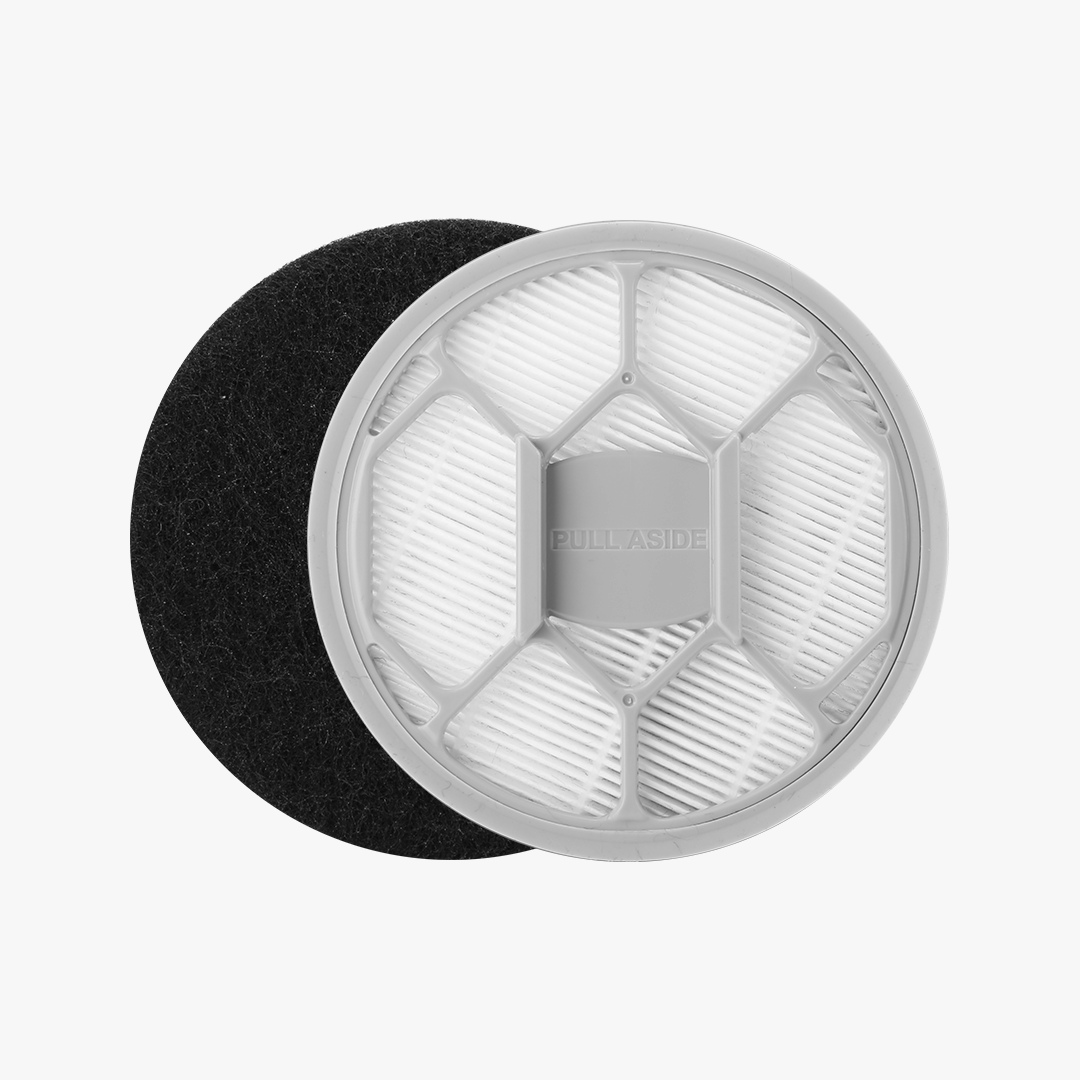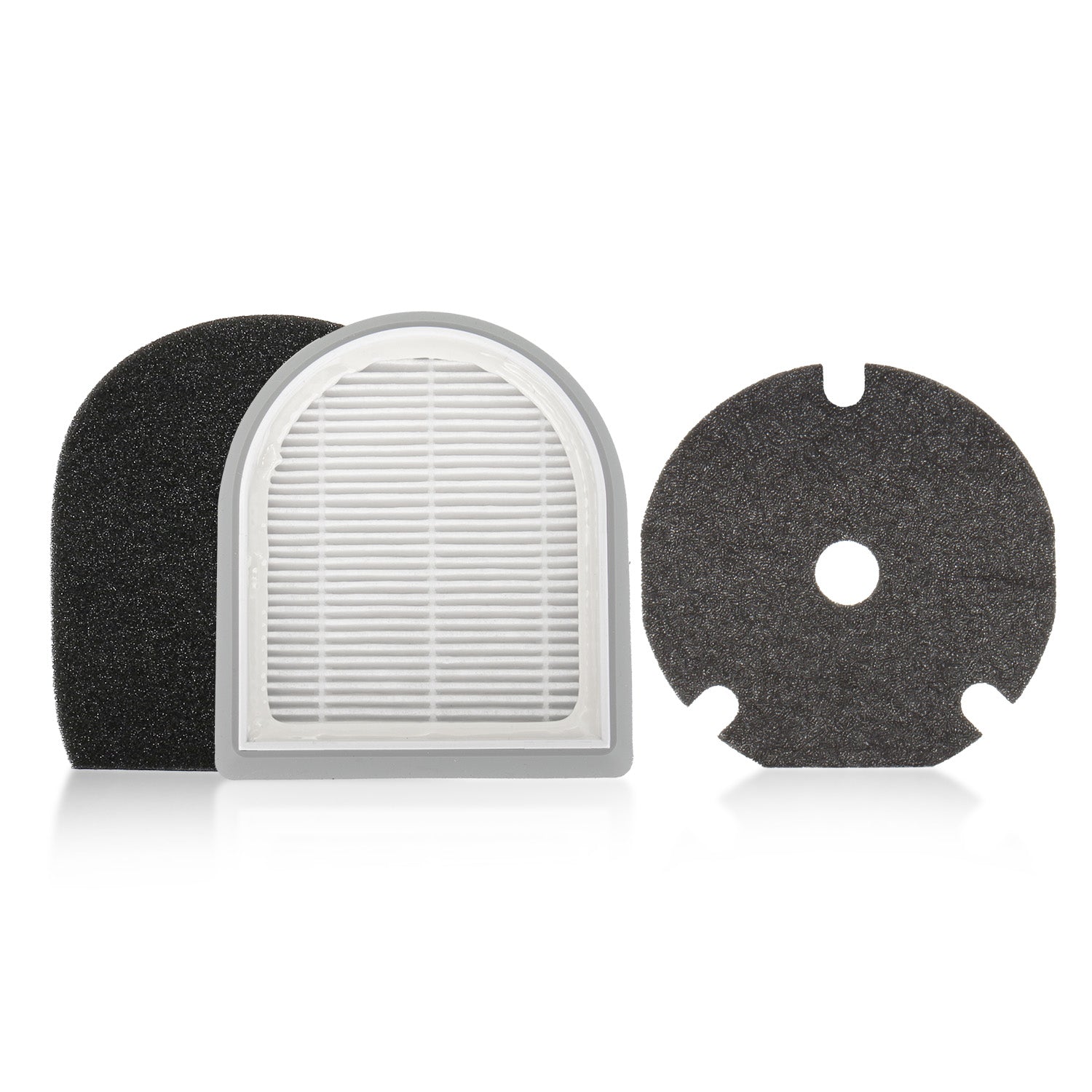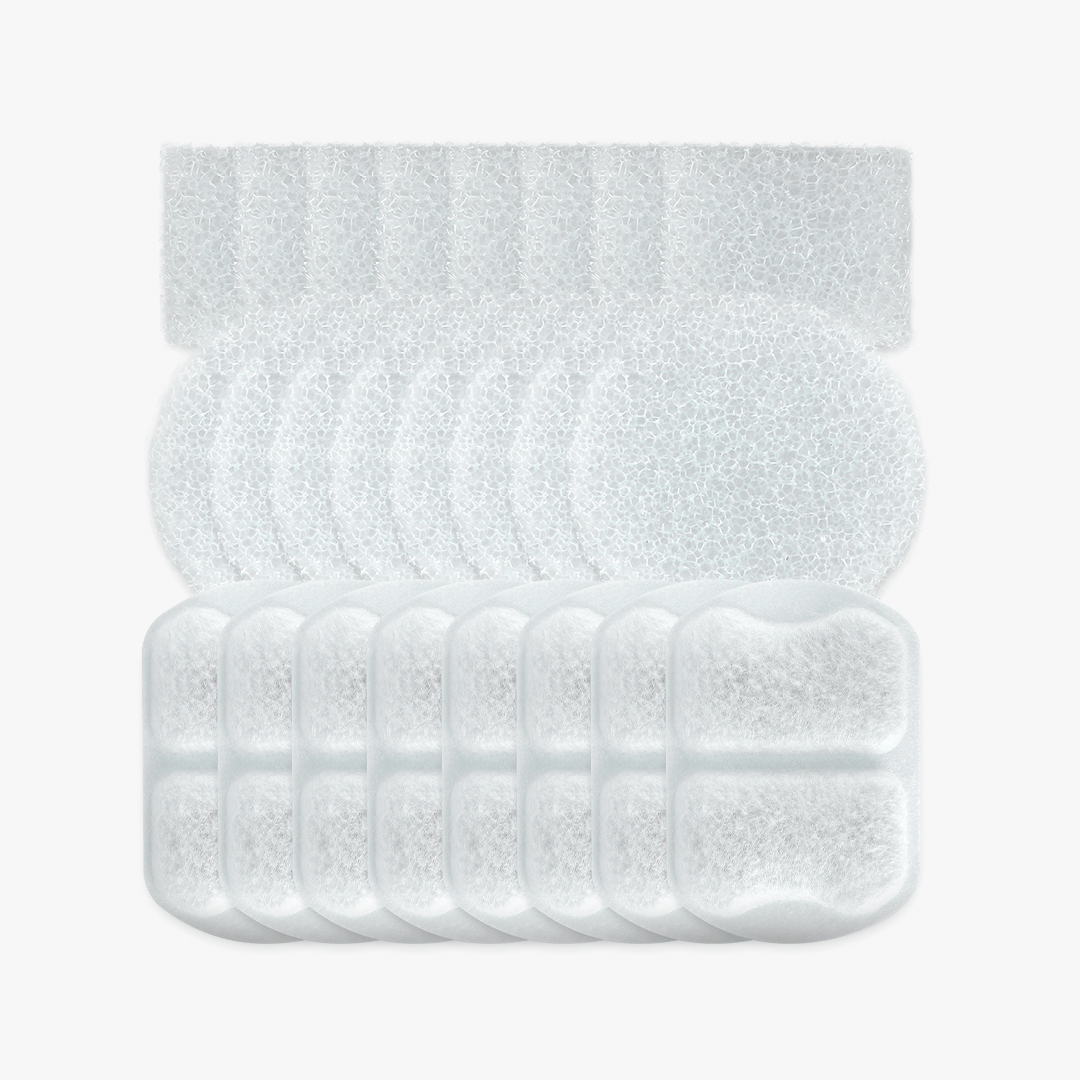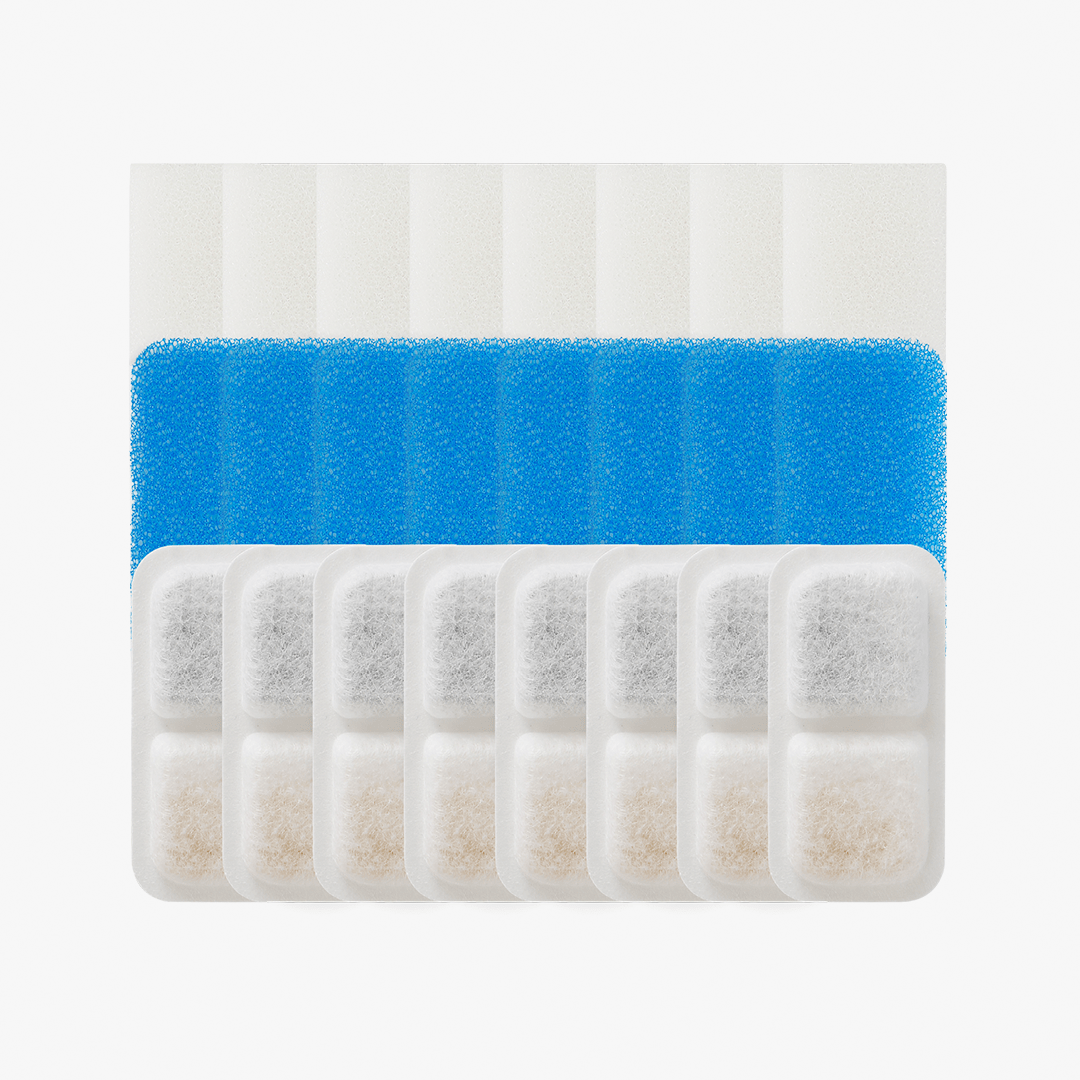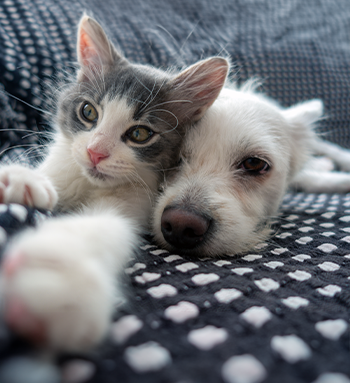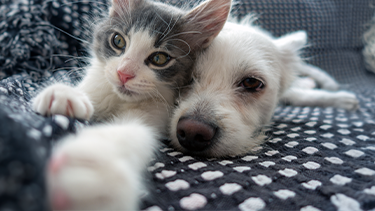How to Trick Your Cat to Drink More Water?
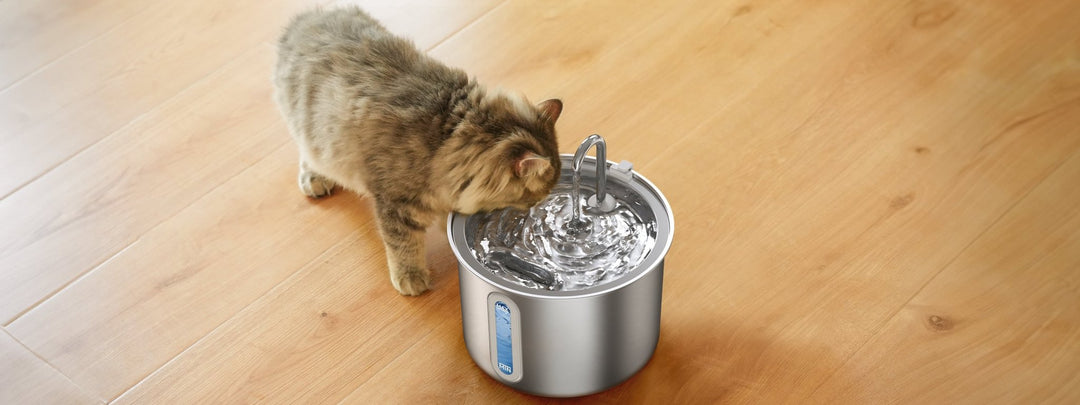
Ensuring your cat stays hydrated is a must for their overall health and well-being. Cats are notorious for not drinking enough water, which can lead to various health issues such as urinary tract infections and kidney disease. Unlike dogs, cats do not have a strong thirst drive, making it essential for cat owners to find creative ways to encourage their feline friends to drink more. If you are looking to trick your cat to drink more water, this article shows some super effective ways to increase your cat's water intake, signs of dehydration to watch for, and the recommended daily water intake for your furry companion.
Signs That Your Cat is Dehydrated
Dehydration in cats can be serious, and it's essential to recognize the signs early. Some common symptoms include:
Dry Mouth and Gums
One of the first signs of dehydration is a dry mouth and gums. When you touch your cat's gums, they should feel moist. If they feel sticky or dry, your cat may be dehydrated. This can also cause difficulty in chewing or swallowing food, further reducing their desire to eat or drink.
Lethargy
Dehydrated cats often appear tired and less playful than usual. They might sleep more and show less interest in their surroundings or in playing with their favorite toys. A decrease in physical activity is often one of the first noticeable signs, as dehydration can lead to overall weakness and lack of energy.
Loss of Appetite
A decrease in appetite can also indicate dehydration. Cats might not feel like eating if they are not properly hydrated, which can lead to further health complications. This can create a vicious cycle where lack of food intake leads to further dehydration.
Sunken Eyes
This is a more severe sign of dehydration and should prompt immediate action. If your cat's eyes appear sunken or dull, it's crucial to rehydrate them quickly. Sunken eyes indicate a significant loss of body fluids and may be accompanied by other serious symptoms such as skin tenting, where the skin does not immediately return to its normal position when gently pinched.
Panting
Unlike dogs, cats rarely pant. Panting can be a clear indication of dehydration, especially if accompanied by other symptoms like lethargy or sunken eyes. Panting in cats is usually a sign of extreme stress, overheating, or dehydration, and should be addressed promptly.
Tricking Your Cat to Drink More Water
Ensuring your cat stays hydrated can be challenging. Here are some clever tricks to get your feline friend to drink more water:
1. Cat Water Fountain
Cats are naturally attracted to running water. A cat water fountain can be a great investment. The continuous flow of water keeps it fresh and more appealing to cats. These fountains often have filters that keep the water clean, encouraging your cat to drink more. The sound and movement of water can stimulate your cat's curiosity and prompt them to drink more frequently.

2. Multiple Water Bowls
Place several water bowls around the house. Different locations can pique your cat's interest and encourage more frequent drinking. Ensure the bowls are placed in quiet, low-traffic areas where your cat feels safe and comfortable drinking. Providing water bowls at various heights and locations can also cater to your cat's preferences and habits, making it easier for them to access water wherever they are.
3. Flavor the Water
Add a little flavor to your cat's water. A small amount of tuna juice or chicken broth (without salt) can make the water more enticing. Be sure to use low-sodium or no-sodium options, as too much salt can be harmful to your cat. Experiment with different flavors to see which one your cat prefers, and ensure any additives are safe for feline consumption.
4. Wet Cat Food
Switching to wet cat food or adding water to dry food can significantly increase your cat's water intake. Wet food has a higher moisture content, which helps keep your cat hydrated. You can also mix a bit of water into their dry kibble to make it more palatable and hydrating. Offering a combination of wet and dry food can provide variety and additional hydration, making it easier to meet your cat's water needs.
5. Ice Cubes in Water
Adding ice cubes to your cat's water bowl can make it more interesting. Some cats enjoy playing with the ice, which can lead to increased water consumption. The cold water can also be more appealing, especially in warmer weather. Ice cubes can also be made from flavored water or broth to add an extra element of interest and flavor for your cat.
6. Change the Water Frequently
Cats are finicky about fresh water. Change their water at least twice a day to keep it clean and appealing. Stagnant water can accumulate dust, fur, and other particles that may deter your cat from drinking. Regularly cleaning the water bowls to prevent bacteria buildup is also important in ensuring your cat's water remains fresh and enticing.
7. Different Bowl Materials
Experiment with different types of bowls. Some cats prefer ceramic or stainless steel over plastic, which can sometimes impart an unpleasant taste. Ensure the bowls are wide and shallow to prevent whisker fatigue, which can discourage your cat from drinking. Some cats may also prefer drinking from bowls with different shapes and sizes, so it can be beneficial to offer a variety of options.
8. Add a Second Source of Hydration
Consider adding a small, low-sodium broth or a specially formulated cat hydration supplement to your cat's diet. These can be mixed with their food or offered separately to encourage more fluid intake. There are also hydration gels and electrolyte solutions designed for cats that can help increase their water intake and ensure they stay properly hydrated.
How Much Water Does Your Cat Need?
Understanding your cat's water needs is crucial. On average, a cat needs about 3.5 to 4.5 ounces of water per 5 pounds of body weight daily. This includes water they get from their food. For example, a 10-pound cat should drink roughly 7 to 9 ounces of water a day.
Water Needs for Dry Food Eaters
If your cat primarily eats dry food, they will need more water to stay hydrated. Dry kibble typically contains about 10% moisture, so it's essential to ensure your cat drinks plenty of water throughout the day. Providing additional water sources and encouraging drinking behavior are especially important for cats on a dry food diet to prevent dehydration and related health issues.
Water Needs for Wet Food Eaters
Cats on wet food diets might drink less because they get significant moisture from their food. Wet cat food can contain up to 80% moisture, which helps meet a large portion of their hydration needs. Even though they drink less, it is still important to offer fresh water and encourage drinking to ensure they stay fully hydrated.
Summary
Keeping your cat hydrated is essential for their overall health. Recognizing the signs of dehydration early and employing tricks like using a cat water fountain, offering multiple water sources, and incorporating wet food into their diet can help ensure your feline friend stays happy and hydrated. Regular monitoring and creative strategies will keep your cat's water intake at an optimal level, promoting better health and longevity. With a little creativity and persistence, you can encourage your cat to drink more water and improve their overall well-being.







